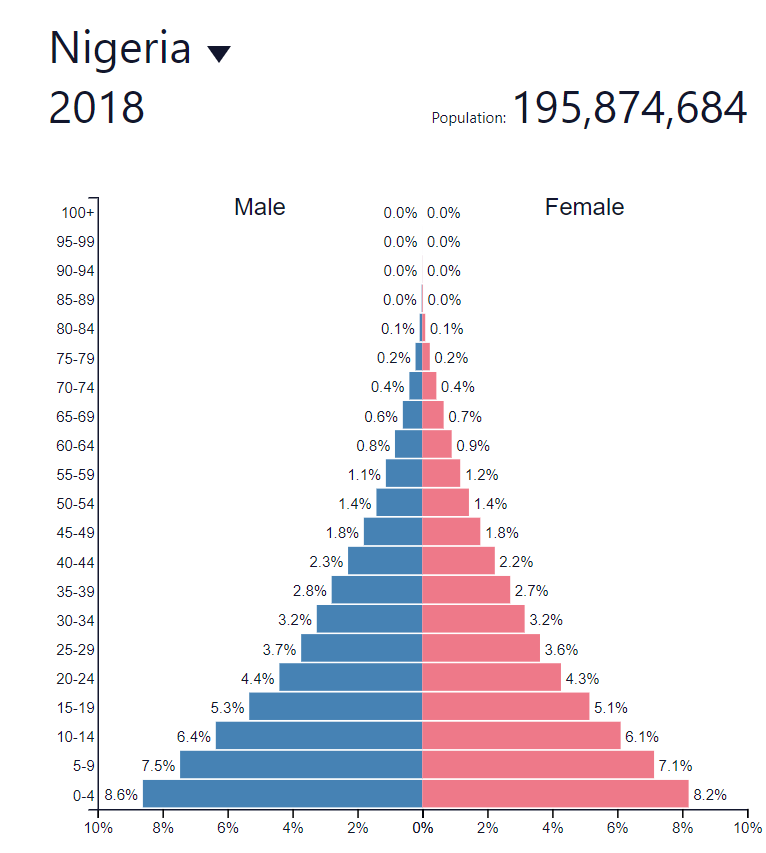2022 AP Comp Gov Multiple Choice Help (MCQ) | Fiveable
5 min read•june 18, 2024
Fatima Raja
AP Comparative Government 🗳️
90 resourcesSee Units
Overview of the Multiple-Choice Section
Let's get the basics out of the way! You're probably wondering what this section looks like 🤔. Here are some FAQs to find out!
How many questions does the multiple-choice section have?
- That's a great question! It has 55 questions in total.
How much time do I have for the multiple-choice section?
- You have 60 minutes, so it's a marathon, not a sprint.
What percentage of my AP Score does the multiple-choice makeup?
- The multiple-choice section is worth 50% of your exam score. 😅
How are is this section even scored?
- A computer grades your multiple-choice section.
- There are no deductions for incorrect or blank answers, so your raw multiple-choice score is simply the number of questions you get correct.
How are the questions structured? Are they grouped together?
- Keep in mind that the type of questions will vary. You may get stand-alone multiple-choice questions, as well as questions that are in groups of two or three.
A stimulus will have questions stemming from its material. That means some kind of document, like a graph or chart, will be given to you to reference for all of the questions in that grouping.

My brain dm-ing your brain to exchange info about CompGov. Image courtesy of Pixabay
TYPES OF QUESTIONS (In other words, what will they look like?)
There are 4 things you will have to demonstrate on the multiple-choice section of the exam:
- Your ability to apply what you have learned
- Your ability to compare and contrast the 6 focus countries (Iran, Russia, Nigeria, China, UK, and Mexico)
- Your ability to analyze data
- Your ability to analyze a provided source
Let’s explain that in a little more detail because after all, this is important stuff (We want to make sure you have everything you need to be successful!)
1. APPLICATION
- This is the most tested of all the skills with about 40-55% of the multiple-choice section being application questions.
- You might be asking yourself, but what am I applying? You need to apply what you have learned about the countries and their political systems, principles, institutions, processes, behaviors, and policies.
2. COMPARING AND CONTRASTING COUNTRIES
- This is the second most tested of all the skills with about 25-32% of the multiple-choice section being country comparison questions.
- You need to know your six countries in the context of the themes of the course.
- Be able to analyze and apply what structural commonalities and differences they have.
3. ANALYZING DATA
- This skill will make up about 10-16% of the multiple-choice questions you will see.
- These questions are document-based. You will analyze quantitative data (this means numeric data). The documents could be charts, graphs, tables, maps, or infographics.
Make sure you know how to tie it all back into the course concepts.

The outfit you have to wear to be successful when interpreting data ... jk but also seriously. Image courtesy of Pixabay
4. ANALYZING SOURCES
- This is the final skill that you'll take on, and it will be approximately 9-11% of the multiple-choice test.
- This means that you need to be able to read, analyze, and interpret sources, text-based sources.
How to Rock the Multiple-Choice (Advice)
Here are some pro tips that will help you with the multiple-choice section!
Test-Taking Tip #1: Timing
Timing ⏰ : You only have about a minute per question This means that you have to continue to move through this section of the exam, if you don’t immediately know the answer, move on and come back to the question once you have gone through all 60 at least once.
Test-Taking Tip #2: Read! Read! Read!
Read the answer choices before reading the prompts, especially if it's a document-based 📜question. If you read the answer choices prior to reading the prompt, and source if there is one, it allows you to be mindful of what you are looking for in the prompt and provided document. In other words, it will help you focus on what you need to know or take away from the source to be able to select the most appropriate answer choice.
Test-Taking Tip #3: Answering MCQ
Answer ALL multiple-choice questions! There is no penalty 🙅🏻 for questions that you answer incorrectly, be sure to answer all multiple-choice, remember this section of the test is worth 50% of your total AP Exam score.
🖋 Teacher Advice: Verbs!
Learn your verbs! (describe, explain, compare!) Not only is it important to know your verbs for the multiple-choice, but it will also absolutely be necessary for the writing portion of the test as well.
The verbs explain to you how they want you to apply your content knowledge. What makes Social Studies exams challenging 😩 is that you are being asked to demonstrate both your content knowledge and the critical thinking skills you have learned over the course of the year. So, knowing how to answer the question will make the actual exam a lot easier.
Sample Multiple-Choice Questions
1. Which of the following countries has a parliamentary system of government?
1. Russia
2. China
3. Nigeria
4. United Kingdom
Questions 2 and 3 refer to the charts


Source: PopulationPyramid.net
2. According to the provided population pyramids, which statement is true about Nigeria?
A. Nigeria is a more developed country than Russia.
B. Nigeria has a larger aging population than Russia.
C. Nigeria is a less developed country than Russia.
D. Nigeria has a smaller youth population than Russia.
3. What does the population pyramid for the Russian Federation tell us about Russia?
A. The Russian Federation has a high death rate and a high birth rate.
B. The Russian Federation will continue to see declines in population moving forward.
C. The Russian Federation does not have access to things like contraception and health care
D. The Russian Federation has a youthful population pyramid.
Answer Key
A, C, B
Now, as you go on to take the multiple-choice section, remember that you can do this! You worked hard, and you know exactly what to do to get a 5! Go get that 🍞.
Browse Study Guides By Unit
👑Unit 1 – Political Systems, Regimes, & Governments
⚖️Unit 2 – Political Institutions
🙋♀️Unit 3 – Political Culture & Participation
🐘Unit 4 – Party, Electoral Systems, & Citizen Organizations
🏗Unit 5 – Political & Economic Changes & Development
🤔Exam Skills
📚Study Tools

Fiveable
Resources
© 2025 Fiveable Inc. All rights reserved.